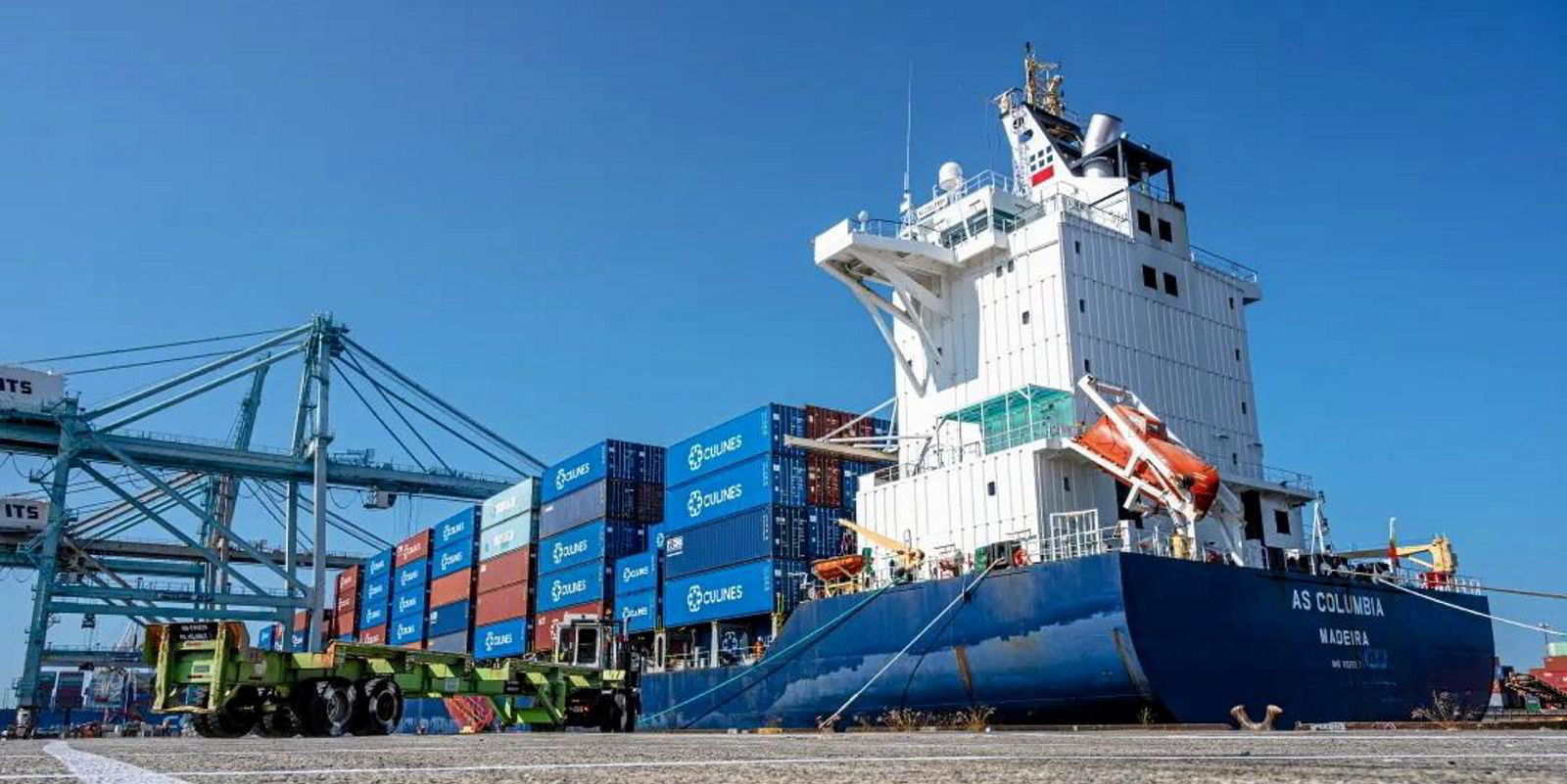Cargo volumes coming into the Port of Los Angeles declined in September due to early shipments of Christmas goods and record inflation causing consumers to spend less on discretionary items.
The busiest port in the US handled nearly 710,000 teu of containers in September, down 21.5% from a record monthly volume taken in during the same month in 2021.
“A great deal of holiday season goods have already arrived,” executive director Gene Seroka said on Wednesday during a press conference attended by National Association of Manufacturers chief executive Jay Timmons.
“Traditionally. September was a high volume month for end of year products. This year our peak season months were June and July.”
The port processed 7.86m teu during the first nine months of 2022, about 4% down from last year’s record pace, Seroka said.
“Despite what will likely be a soft ending to 2022, we are on track to have the second-best year in our history,” he said.
“More importantly, the cargo backlog that began last year has been nearly eliminated due to the diligent, combined efforts of our supply chain partners.”
September 2022 loaded imports reached 343,000 teu down 27% compared to the previous year, while loaded exports came in at about 77,700 teu, up 3% compared to last September.
The number of empty containers at the port totalled nearly 289,000 teu, a 20% decline compared to last year.
The port’s cargo volumes have also fallen due to West Coast union contract negotiations pushing shippers to offload their cargoes at East Coast ports and those on the US waters of the Gulf of Mexico, Seroka said.

But this movement in cargo has just led to overwhelming ports on the Atlantic and Gulf Coast with cargo volumes, he said.
“That’s likely to continue until the West Coast labour contract is in place and that cannot happen soon enough,” Seroka said.
“We shifted the problem from one coast to two others. We’ve got to continue to work on fluidity.”
Timmons said that three-quarters of manufacturers worldwide consider supply-chain issues to be their biggest business challenge for 2022.
Only around 11% of them expect that the problem might be resolved by the end of this year, he said.
“That’s that’s a pretty low number obviously,” he said.
At the same time, less than 75% of them see supply-chain issues persisting beyond 2023, he said.
“Businesses really are feeling the effects, I have to say, of supply chain dysfunction in the form of increased raw material costs higher costs and higher transportation and logistics costs,” he said.
“That’s not good for the economy.”






